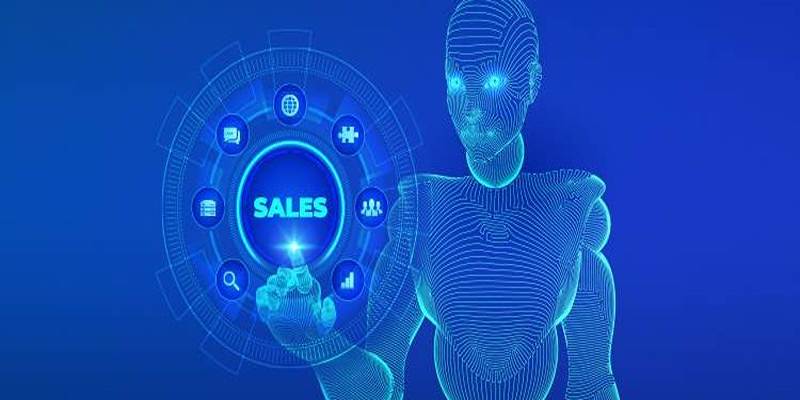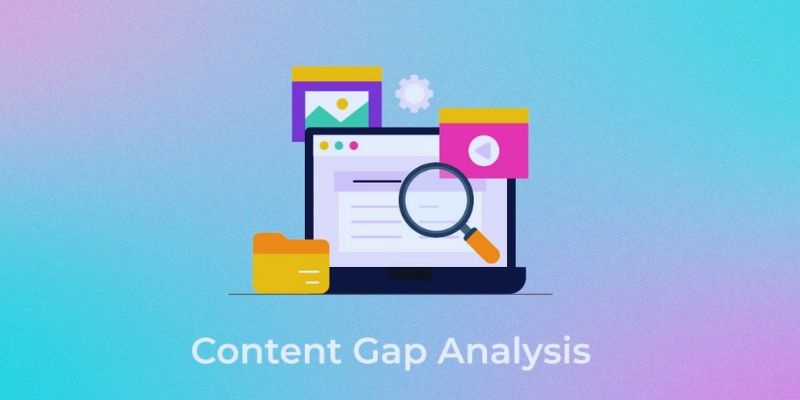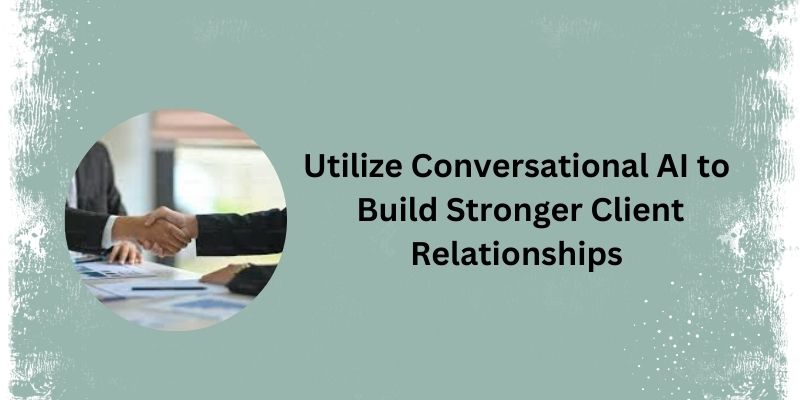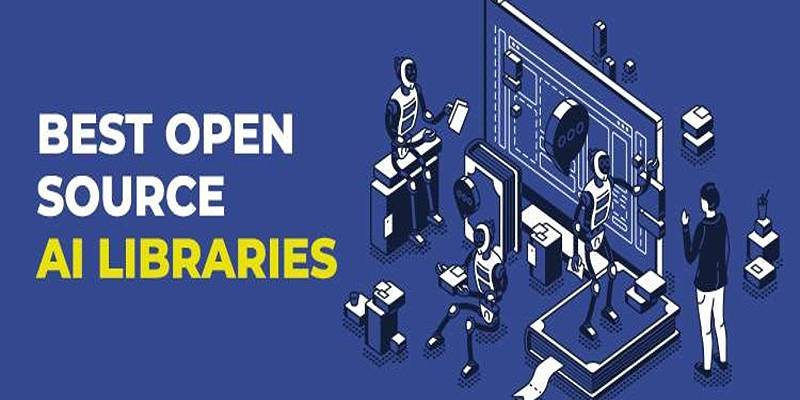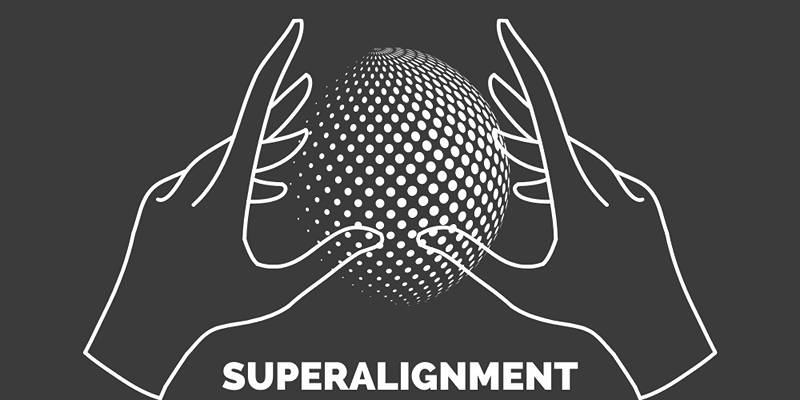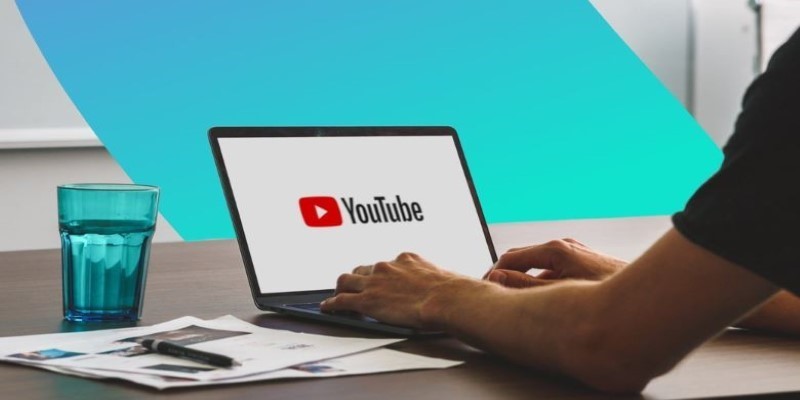Artificial Intelligence (AI) is advancing quickly, but one major problem still holds it back: the lack of a universal standard for connecting AI models with data and other tools. Most models are designed for specific tasks and environments. As a result, combining multiple models into a single system often requires custom code, manual adjustments, and repeated trial and error.
MCP is the name of a new open standard that was created to deal with this problem. As a global connector, MCP makes it possible for AI models, data sources, and APIs to work together without any problems. This post explores what MCP is, how it works, and why it’s an essential part of AI’s future.
What Is the Model Context Protocol (MCP)?
Model Context Protocol, or MCP, is a communication standard that defines how AI models understand and use context, data, and tools. It provides a unified way for developers and organizations to integrate different models, tools, and data sources without building custom pipelines for each case.
In simple terms, MCP allows:
- AI models to receive clear, structured instructions about tasks
- Applications to pass context-rich data to AI models
- Models to use external tools (like APIs or functions) efficiently
MCP is similar to how HTTP works for websites — it doesn’t care what the site does, but it ensures everyone speaks the same language.
Why MCP Is Important in AI Development
Language models, vector databases, APIs, custom tools, and user interfaces are just a few of the many parts that make up AI systems. Putting all of these parts together can be slow, uneven, and prone to mistakes. MCP gives you a normal answer.
By using MCP, developers can eliminate guesswork and:
- Reduce integration time
- Improve model reliability
- Enable model-to-model communication
- Easily swap in better models without redoing the code
It makes AI development more scalable and maintainable, especially in enterprise and research environments.
Core Features of the Model Context Protocol
MCP is built around a few key principles. These make it powerful yet easy to implement.
Standardized Context
MCP introduces the idea of a context object — a structured format that defines everything the AI model needs to know to complete a task. It includes:
- The user's request or goal
- Background knowledge or constraints
- Available tools or APIs
- Data formats and variables
This context object is passed to the model at runtime. The model reads the object and adjusts its behavior accordingly.
Tool and API Access

Many modern AI systems combine natural language models with other tools, such as:
- Search engines
- Data retrieval APIs
- Internal functions (e.g., math, file access, CRM actions)
MCP defines a clear way to describe these tools and how models can interact with them. It helps AI systems perform real-world actions instead of just generating text.
Task Clarity
One of the biggest reasons AI models fail is unclear instructions. MCP solves this by making the task explicit in the context. The model knows whether it should:
- Answer a question
- Generate code
- Update a record
- Call an API
- Summarize a document
With clear goals, models are far more accurate and useful.
How MCP Works in Practice
To understand how MCP is used, consider a customer service chatbot built with multiple models and tools. Here’s how MCP helps:
- A customer types: “I want to cancel my subscription.”
- MCP generates a context object that includes:
- The user’s account status
- The list of supported actions (cancel, pause, change plan)
- The required API for updating the subscription
- Privacy and policy rules
- The model reads this context and selects the correct action: call the “cancel subscription” API.
Because the model isn’t guessing, it can respond correctly and confidently. It leads to better outcomes and smoother user experiences.
Benefits of Using MCP
The Model Context Protocol offers wide-ranging benefits for developers, businesses, and end users.
For Developers
- Faster Integration: Connect new models with less custom work
- Modular Systems: Build AI pipelines where components are swappable
- Better Debugging: Context objects make problems easier to trace
For Businesses
- Scalable Architecture: Easily scale AI systems without breaking everything
- Model Flexibility: Swap vendors or tools as better ones become available
- Improved Accuracy: Context-aware models reduce failure rates
For End Users
- Smarter AI: Context leads to more relevant, accurate answers
- Fewer Mistakes: Clear instructions mean fewer misunderstandings
- Seamless Services: Users get what they need faster
MCP vs Traditional AI Integration
In traditional AI development, each model is integrated manually. Developers must write custom code to:
- Prepare inputs
- Route outputs
- Call tools
- Handle failures
This approach is rigid and time-consuming.
With MCP, the same work is handled through a consistent structure. Instead of wiring every model individually, developers build systems around shared context objects.
It means:
- Easier collaboration between teams
- Faster onboarding of new models or tools
- More predictable system behavior
Real-World Use Cases for MCP
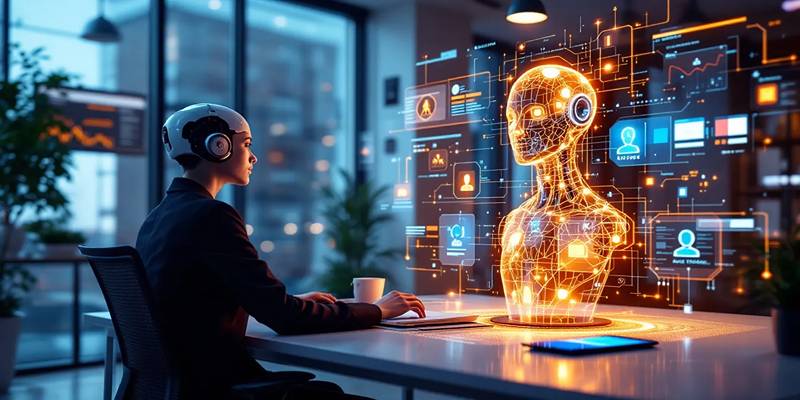
Model Context Protocol is especially useful in complex AI environments where multiple models and tools are required. Some practical examples include:
- AI Agents: Multi-step systems where models call tools, APIs, or databases in sequence
- Knowledge Management: Systems that fetch, process, and summarize information from documents
- Voice Assistants: Agents that process spoken input, interpret context, and perform real actions
- Customer Support Bots: Systems that understand user intent and respond by triggering backend processes
In each case, MCP ensures that the context is clear and consistent at every step.
Conclusion
Model Context Protocol represents a big step forward in AI development. It brings standardization, clarity, and flexibility to systems that were previously fragile and hard to scale. By using MCP, developers can build smarter AI systems that are easier to maintain and upgrade. Businesses gain more reliable models and faster integration. End users enjoy AI that understands their needs and delivers accurate responses. In a future full of intelligent agents and connected tools, MCP is the universal connector that ties everything together.

